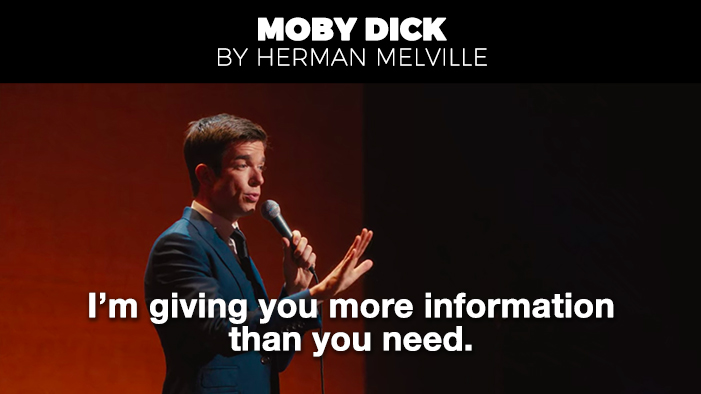In Liam O’Flaherty’s story “The Sniper,” the historical conflict of the Battle of the Four Courts in June 1922 reflects the effects of the Irish Civil War (1922–1923). The story explores interpersonal conflicts among Irish citizens, as well as the internal conflicts that plagued individuals who participated in the violence. O’Flaherty’s decision to leave the characters unnamed suggests that the story’s commentary on war applies well beyond the battle it describes.
The protagonist is a sniper for the Republicans, the Irish faction that fought for total independence from British rule. From a hidden position on a rooftop in a Dublin neighborhood, the sniper observes the city in the moonlight as he listens to heavy artillery. The story’s inciting incident occurs when the sniper behaves as though everything is normal: he eats a sandwich, sips whiskey, and cautiously lights a match to smoke. The brief, flickering light of this last action betrays his position. An enemy sniper, serving with the Free Staters who accepted the treaty establishing British dominion, fires a shot that narrowly misses the protagonist. This shot ignites the conflict that drives the story’s plot as the snipers, both assured that they fight for the right side, face each other from rooftops across a street. The struggle between these Irishmen forms the story’s interpersonal conflict and initiates the internal conflict that arises in the protagonist, who struggles with his role in the violence.
During the story’s rising action, the protagonist watches as a “gray monster”—an armored car—enters the street. An informant, an old woman, approaches the car. In this second instance of the interpersonal conflict that demolishes boundaries between Irish neighbors, civilians, and soldiers, she points out the protagonist’s position. The sniper dispatches the informant and a man in the car, which drives off. His actions are practical but no substitute for what he wants to do—destroy the armored car—and come at a cost. They expose him to his enemy. Pinned on the roof, the Republican sniper’s training kicks in. He treats his fractured arm while devising a ruse that persuades his opponent of his death. The protagonist, in great pain, fires when his opponent stands, and he lets out a “cry of joy” when his shot hits his enemy. In that instant, whatever internal conflict he feels is suppressed by relief at having survived.
At the story’s climax, the Republican sniper watches a “death agony”: his opponent’s body falls “as if in a dream,” rolling through the air until it lands, a “shattered mass,” on the street. This description evokes the surreal conditions of war, and the sniper’s initial exultation gives way to remorse. The “lust of battle” fades. Horrified by what he has done, he nearly collapses. His “teeth chattered, he began to gibber to himself,” and he screams curses. This frantic, uncontrolled physical and psychological response condenses into a few lines the outward manifestation of the terrible stresses and inner turmoil civil war has unleashed on the young sniper.
The story’s falling action sees the playing out of the internal conflict that the protagonist suffers because of his participation in the war. He experiences rapidly shifting emotions as he attempts to placate his feelings of remorse. He throws the revolver to the rooftop, and it misfires, narrowly missing his head. This close call “frightened him back to his senses,” and after draining his whiskey flask, he feels calmer. As the story closes, the sniper leaves the roof to report to his commander, his internal conflict apparently resolved. Yet when he reaches the street, he feels “sudden curiosity” about the sniper he killed and wonders whether he might have known the man and even trained with him before the army broke over the civil war.
In the story’s resolution, O’Flaherty provides a twist that makes a statement about the nature of war and its effects on a nation and its people. The protagonist cautiously checks the street where the bodies of the informant and the sniper lie. Convincing himself that it is safe, he dashes toward the corpse, drawing machine gun fire. He lies by the corpse, turns it over, and sees the face of his brother. Curiosity mingles with guilt to force the sniper’s internal conflict to a resolution, even though earlier he manages to quell these feelings. Now he must know: was this man from his own company? The fact that the man is not only the sniper’s former fellow soldier but his brother drives home the story’s point about the steep personal and national cost of civil strife.


 payment page
payment page



